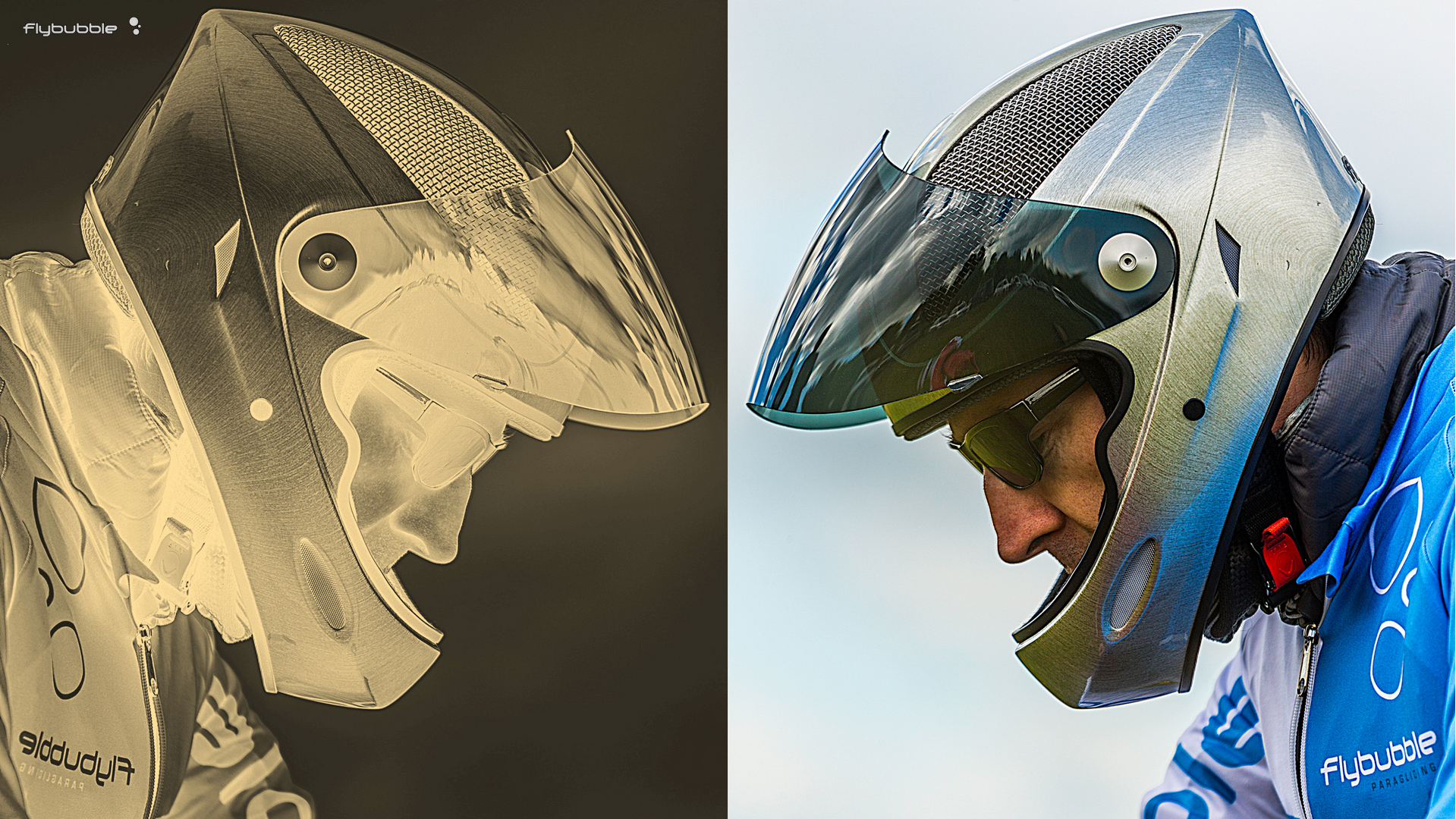
All pilots know that, for the best and safest flying, currency is key. So what happens after a layoff? Experienced paraglider pilot Phil Clark shares some words of wisdom to help keep you on the right flight-track and get the most out of your flying.
This is something that's been on my mind for a while, pushed to the back and buried deep for sure, but it has been festering there ever since last summer. I was feeling this growing sense of being on the cusp of witnessing, or perhaps being part of, something dreadful. I think this sense of unease comes when things aren't as intuitive when I know they used to be.
If we're really being true with ourselves it's both horrible and necessary to have the reminders of consequences that await the one lapse in attention. We can paraphrase Whymper where the famous climber suggested we "Do nothing in haste; look well to each step; and from the beginning think what may be the end."
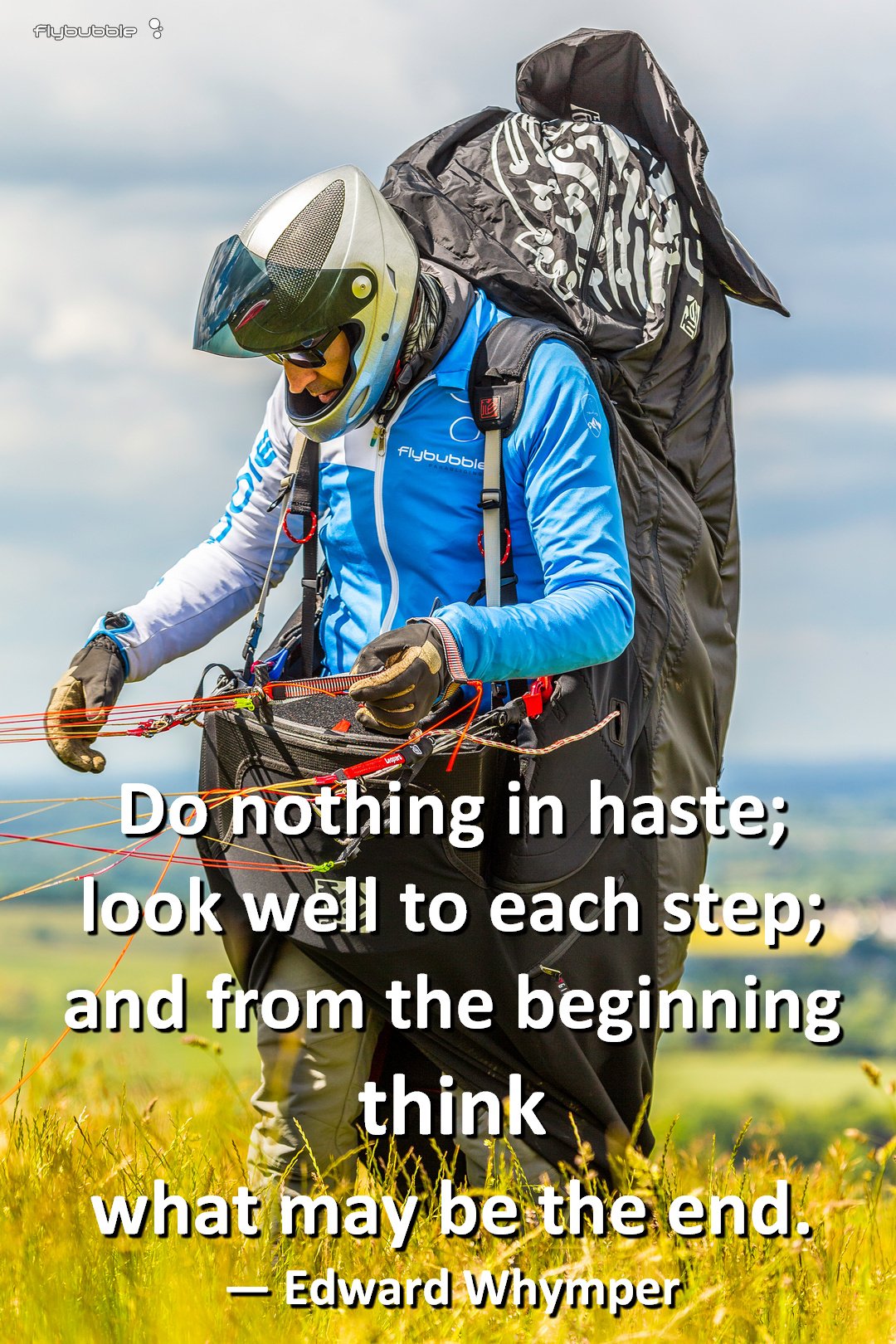
Having now flown for the first time in over six months I don't actually feel that out of touch.
But honestly, it was conscious competence at launch, during pre-flight, in the air and landing after just thirty minutes. There was nothing intuitive about my flight and I'm glad there were no crowds and only weak climbs.
Still, I repeatedly made climbs over five hundred feet above take off and I feel it's much better for me than simply steaming up and down ridges at the coast.

How do we safely get back into flying after a layoff?
Every year there are incidents, mishaps and near misses. After all, this is a "dangerous sport" and so there is always some element of risk involved.
When I was Safety Officer for my club I found reading the incident reports or debriefing pilots afterwards it is clear many incidents are through errors of judgement. This is widely acknowledged as worse in the Spring after the Winter layoff. Many pilots are looking at a longer layoff than normal. As I started writing this my last flight was nearly six months ago!
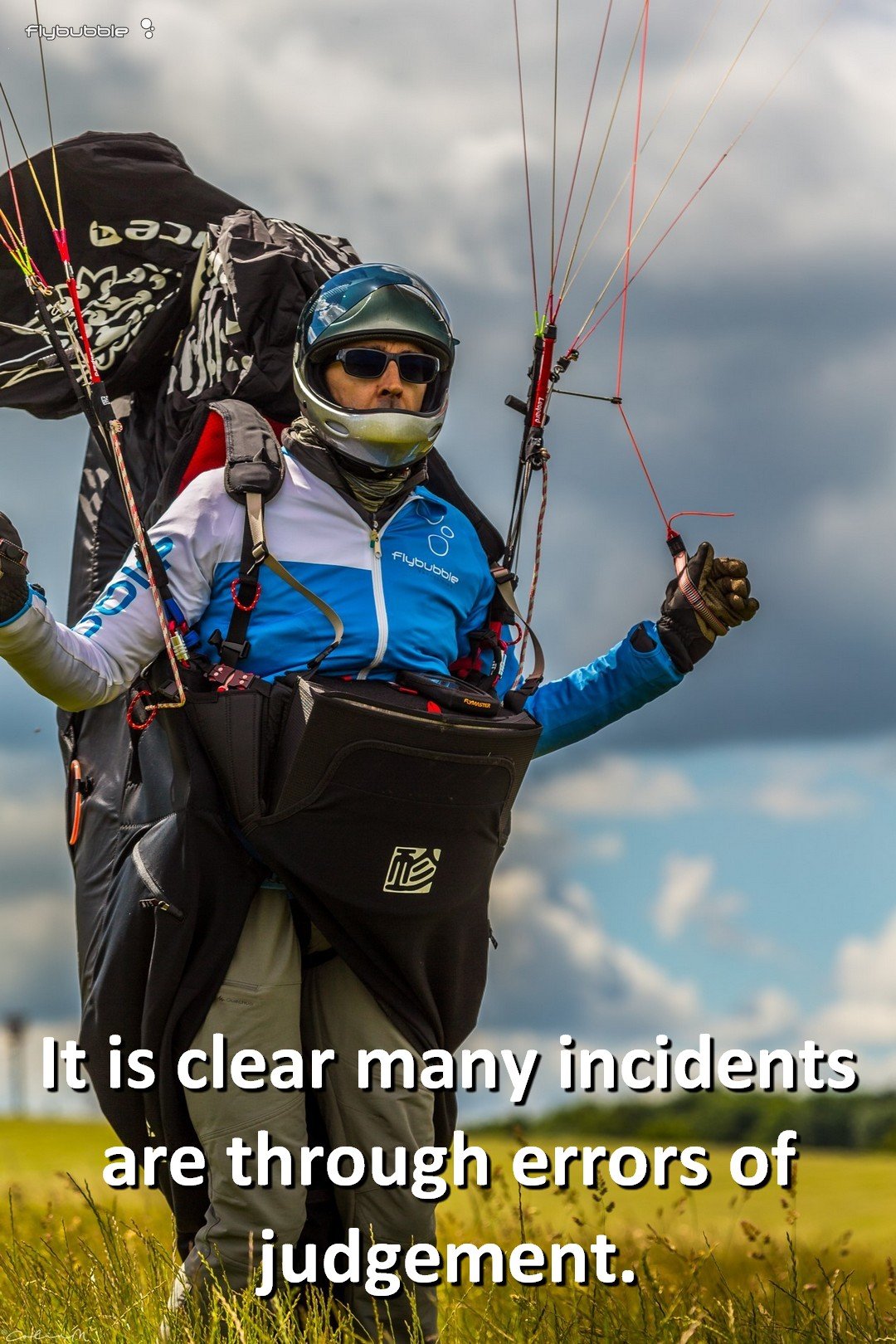
Looking at the BHPA incident reports from last year there were seven incident reports from the first two days of lockdown being lifted including four 'serious' injuries, a mid-air, a tree landing and a prop-strike.
Just let that sponge in for a second.
All of those accidents were on just the first two days that we were allowed out after Lockdown One. The very first days back in the air and it's carnage already... How many near misses and other incidents went unreported on that first weekend?

This combination of factors is seen in risk assessments when we look at the results of combining hazards and harm.
Two scores of three do not add together to make six, they multiply to become a score of nine.
The cocktail of strong spring conditions and the lack of currency puts pilots at higher levels of risk.
Either eliminating the lack of currency or waiting until conditions mellow later in the day is perhaps the solution we need to look to in order to reduce our exposure to risk.
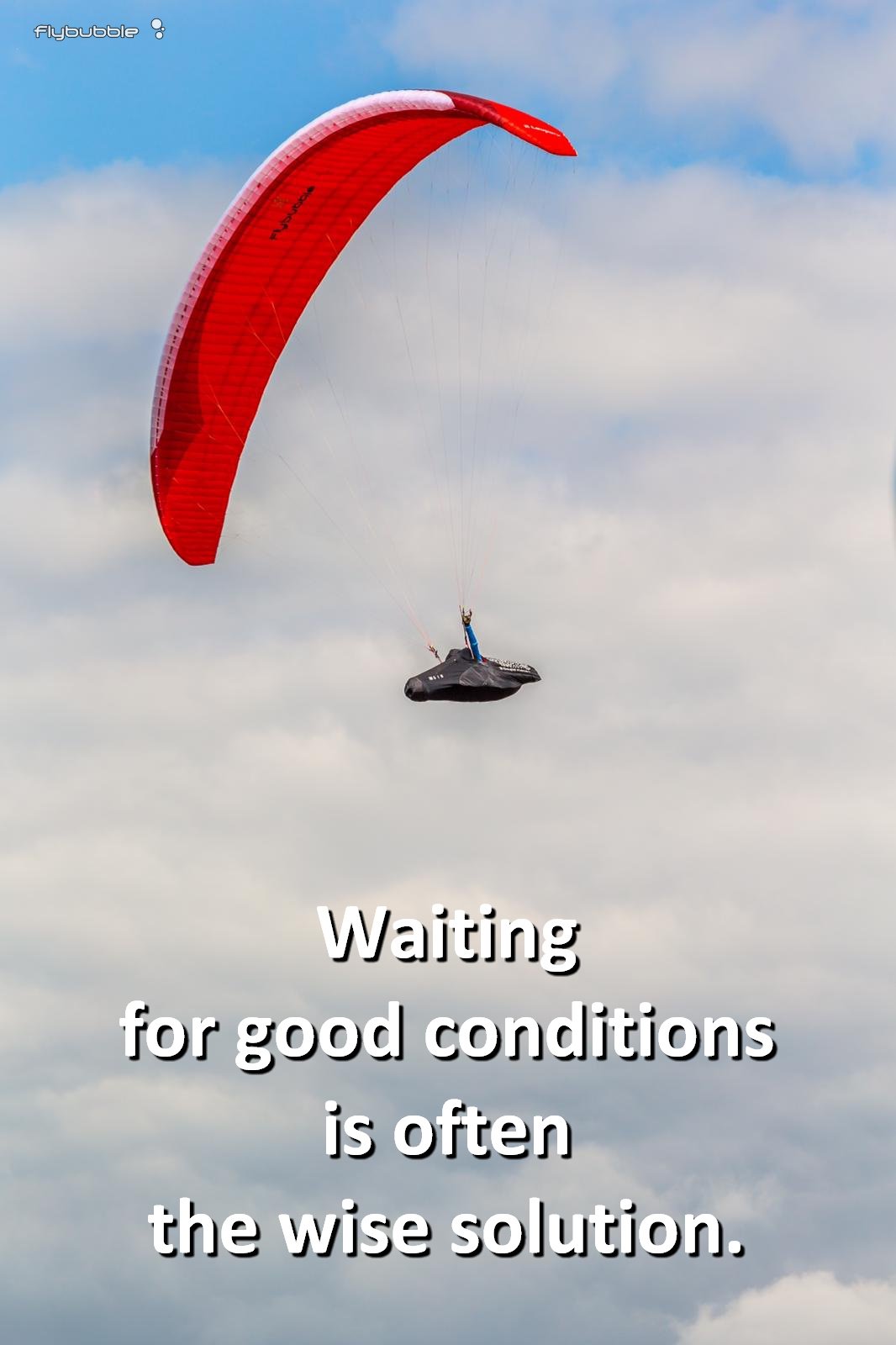
By the time we got to the end of June there were thirty six reported accidents and a fatality. High profile and well known pilots were posting their own misadventures too.
Reserve rides from cloudbase, getting caught out and smacked down whilst landing out, nearly losing a helmet after a dodgy pre-flight, all of these featured in the high profile tales of 'bloody hell, I was lucky there' from last Summer.
The big challenge is how we collectively avoid a repeat of that. This isn't about blame, or judgement, or what could have been "If only...".
The point and purpose of this article is simply to make YOU think about how YOU are going to end a day's flying in your bed (or on your bivvy mat, under your tarp, if that's your bag).
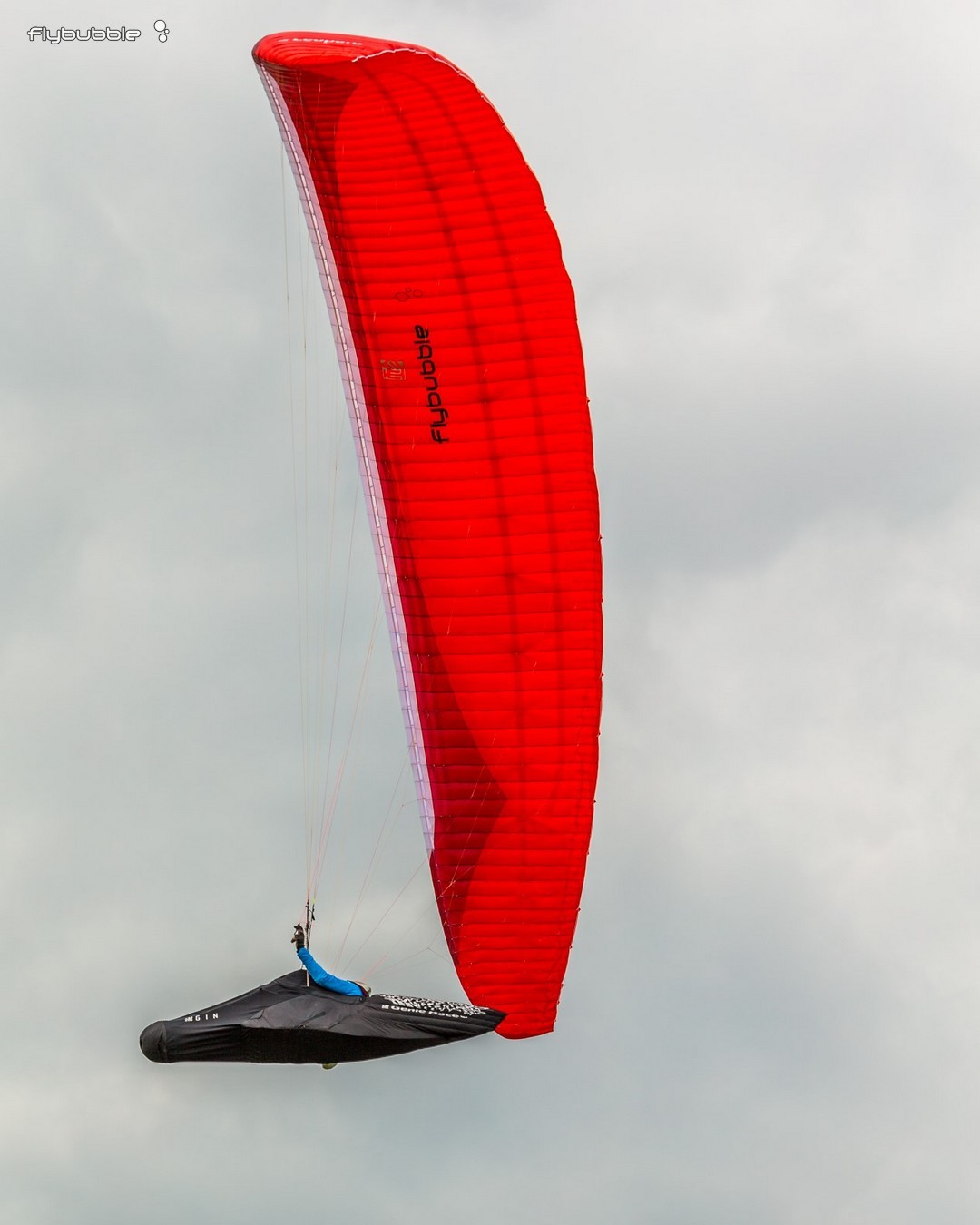
What can YOU do to avoid being a statistic?
What follows are five simple prompts that might, maybe, help with that...
1. Only one new thing at a time!
We all should be aware of the adage, well, right now, flying is the new thing... your first flights after a layoff are really not the time to get to grips with shiny new toys.
For the first few flights after a long layoff ideally you should try to go with the kit that you know, in the places you know. Because in reality, actually being able to go flying really is the new thing right now.
There is only so much bandwidth your brain has for stimulus and your first flights back after any kind of layoff are pretty much guaranteed to fill it.
2. Is today the day for flight?
Is it? Is it really? Are the conditions totally suitable for a bit of gentle boring soaring to ease you back in?
Looking back at my log or last year I went to the Long Mynd for my first post lock down flights last year. I spent well over two hours in the air, spreading that over three separate flights, I did some ground handling too. I spent an hour on the ground just sitting and watching before I'd even unpacked my kit. This site that I'd chosen to go to was a large site, with plenty of room and space on the ground as well as in the air, it had few hazards / obstacles and I'd flown it before. I had moderate winds and weak to moderate climbs in a largely blue sky.
3. Do a proper pre-flight, all the time, every time.
Make sure your kit was recently inspected too, especially if it's been sat packed for 6 months plus...
Did you repack your reserve this winter? Are the riser maillons tight? Have the lines shifted on the canopy tabs?
Helmet before harness, always. If you can find somewhere to set up that's sheltered from the gusty conditions that might help you too.
4. Is now a good time to launch?
Are the crowds OK, are the gusts OK, will it mellow out later, you've waited so long already but really, are you better off waiting until later in the afternoon?
I remember feeling that I had failed to make the most of my day at Westbury (article coming soon) but actually, did I fail? I'd flown for an hour and people had gone XC, I had actually climbed out with Andy who left the hill and then made it all the way to the coast for a cheeky fifty miles. Feeling I wasn't on it I landed, and chatted, and had food & drink, then flew some more. Finally leaving the hill after climbing out, refusing to commit, and then going for it at the second opportunity late in the day. I then scored my longest flight since 2015 and quite possibly the longest flight I ever had in the UK. (I don't get to fly XC much, I always have to be home in good time so most of my flying is local with few risks taken for bombing out.)
5. It's not the muscle memory that's the issue, it's your judgement!
You will need to be careful you see what is actually happening, not what you want or expect.
Are you certain your judgement is accurate, can you talk it through with someone you trust? You're probably going to be out of practice at making the decisions.
Controlling the wing is like riding a bike, you wouldn't forget how to pedal and steer but your judgement of relative traffic speeds might let you down. In flight terms this may be judging the aspect as you drift behind launch in rowdy thermals or maybe your assessment of wind strength and gusts may be off.
Controlling the wing is ingrained and you're probably unconsciously competent at that. It's the skills you have to think about that will have been degraded.
Freeflight clubs in the UK usually have a chief coach and a safety officer. Every year they roll out tips and hope for the best. Work with them to stay safe, share stories of mishaps so others can learn from and avoid making the same mistakes.
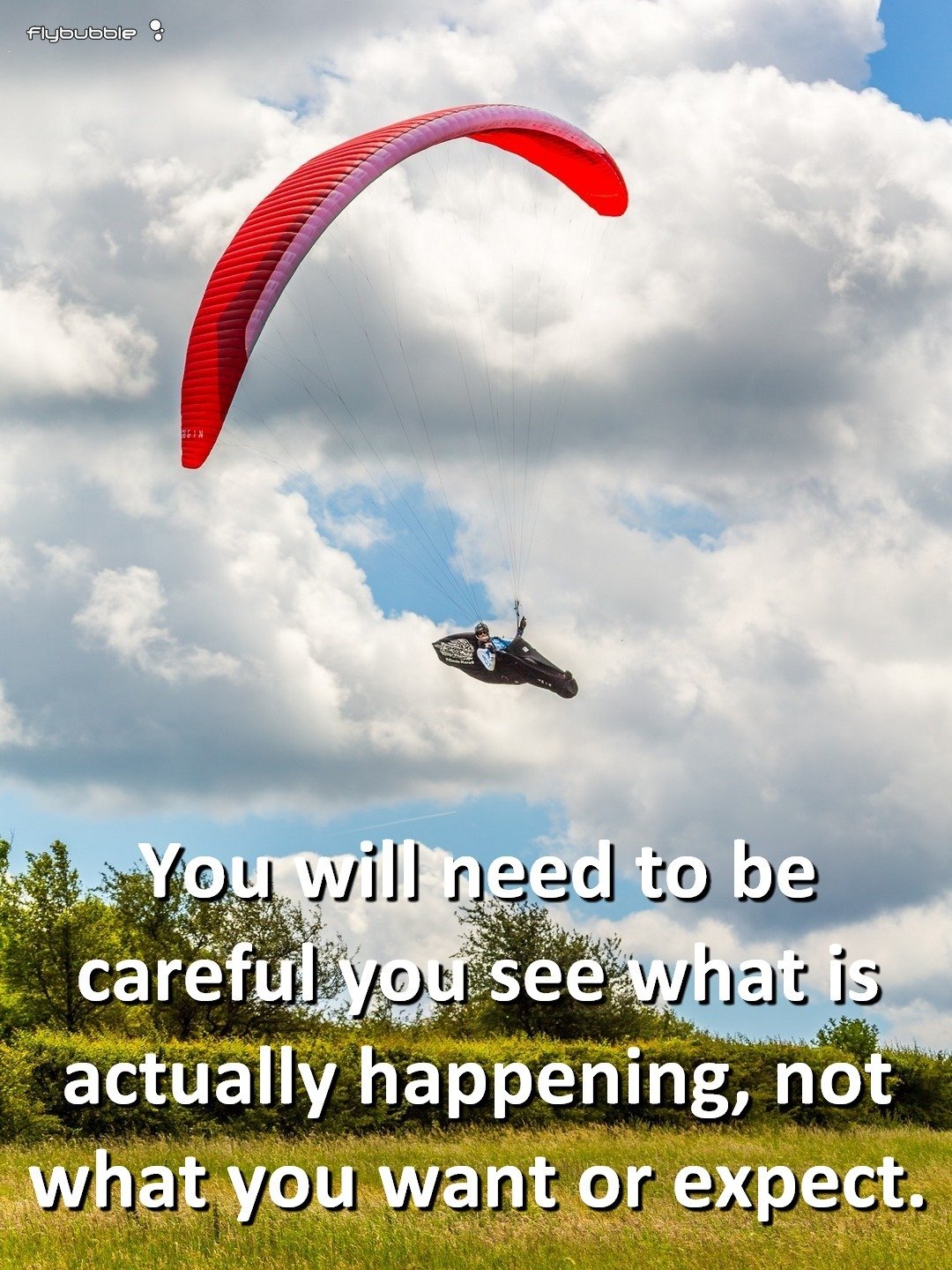
Closing thoughts
As a closer, I've said this elsewhere: "Sometimes you only find where the line is, and what lies beyond, by stepping over it."
To balance this, I still think the following quote by paraglider pilot Tom Schray is one of the best-ever to come from the Paragliding Forum: "If your kids can't handle your death, you need to reorganize your behaviour."
See you on / above the hill soon,
Stay safe or be lucky,
Phil
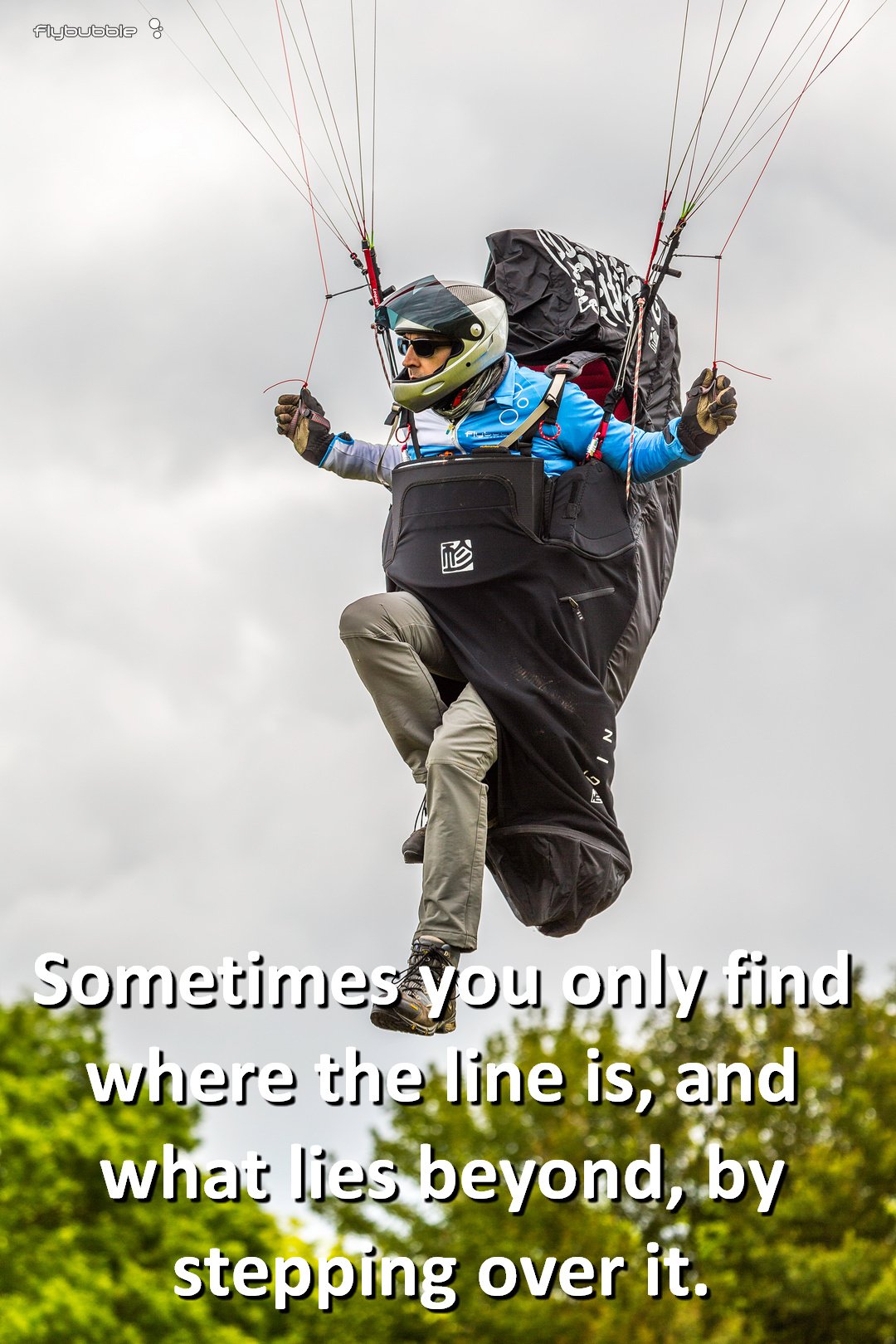
Brought to you by Flybubble
Like what we do? The best way to support us is to buy gear from us and recommend us to others, thank you!
